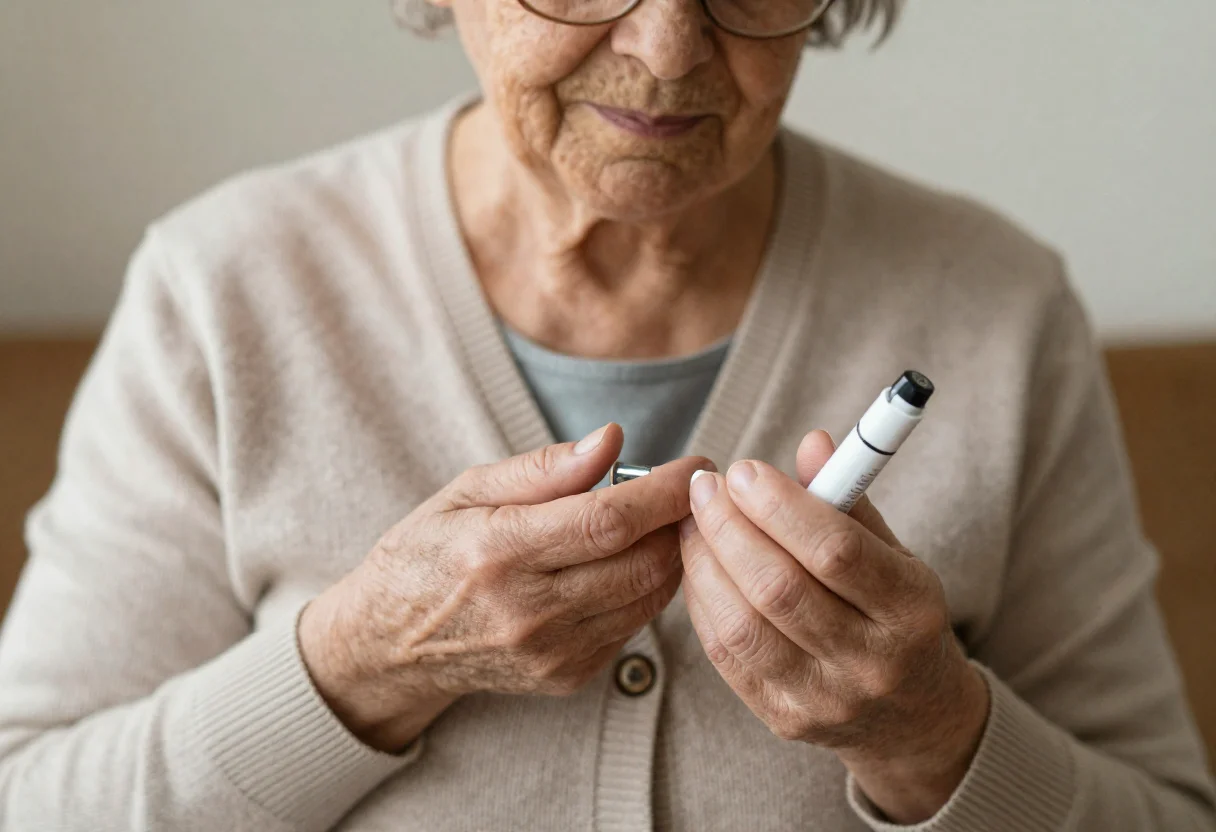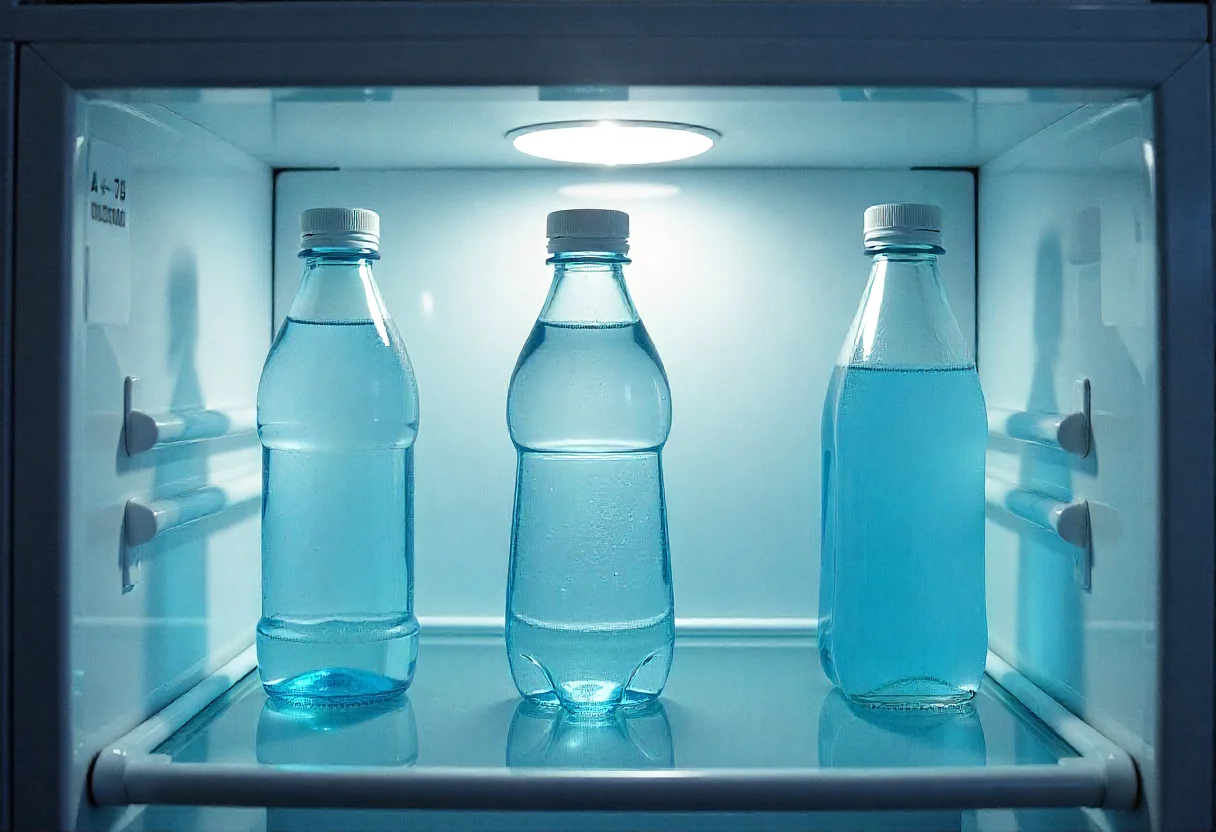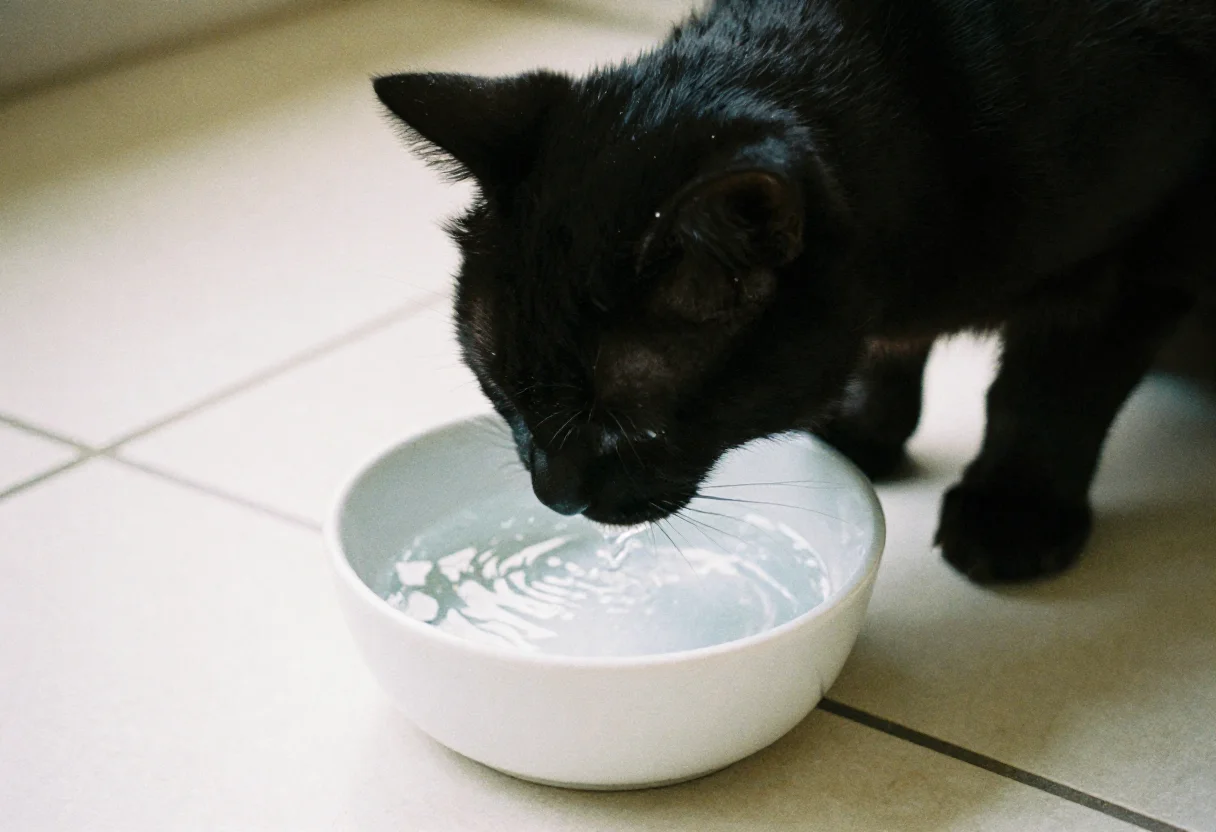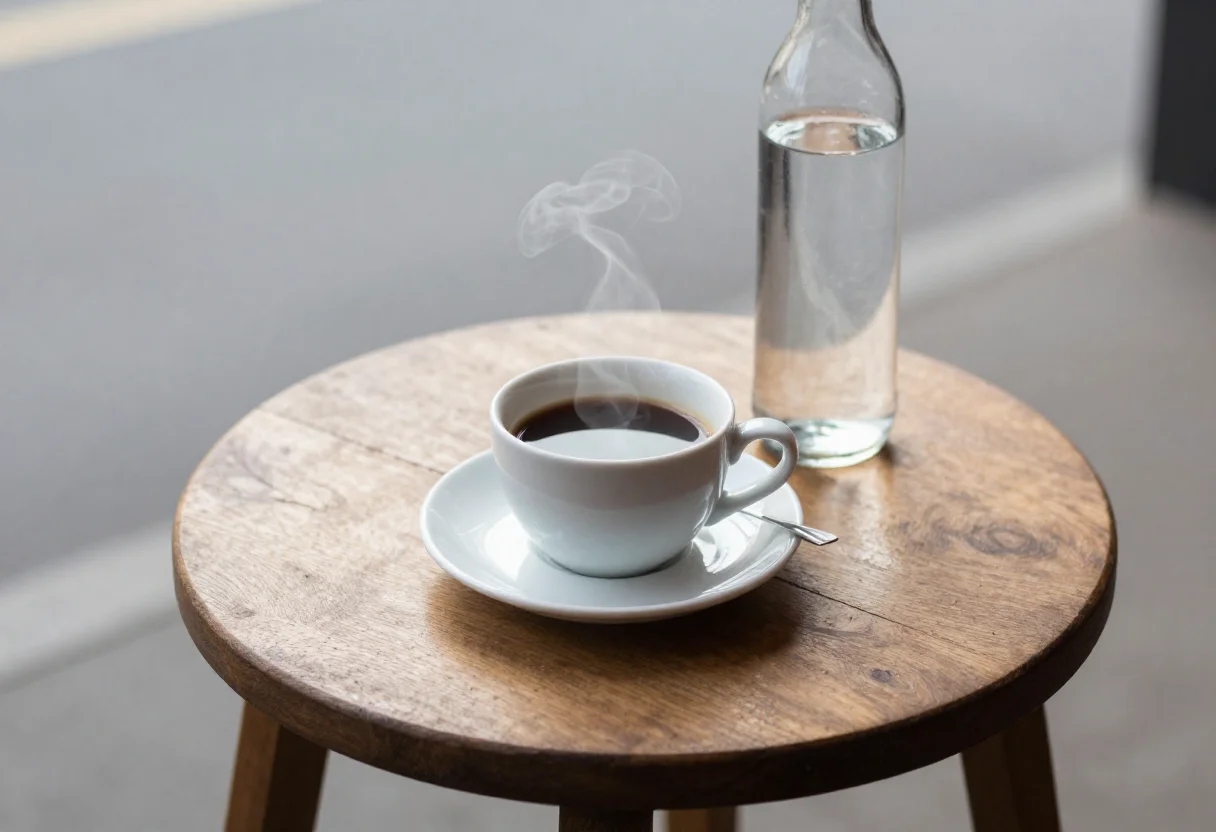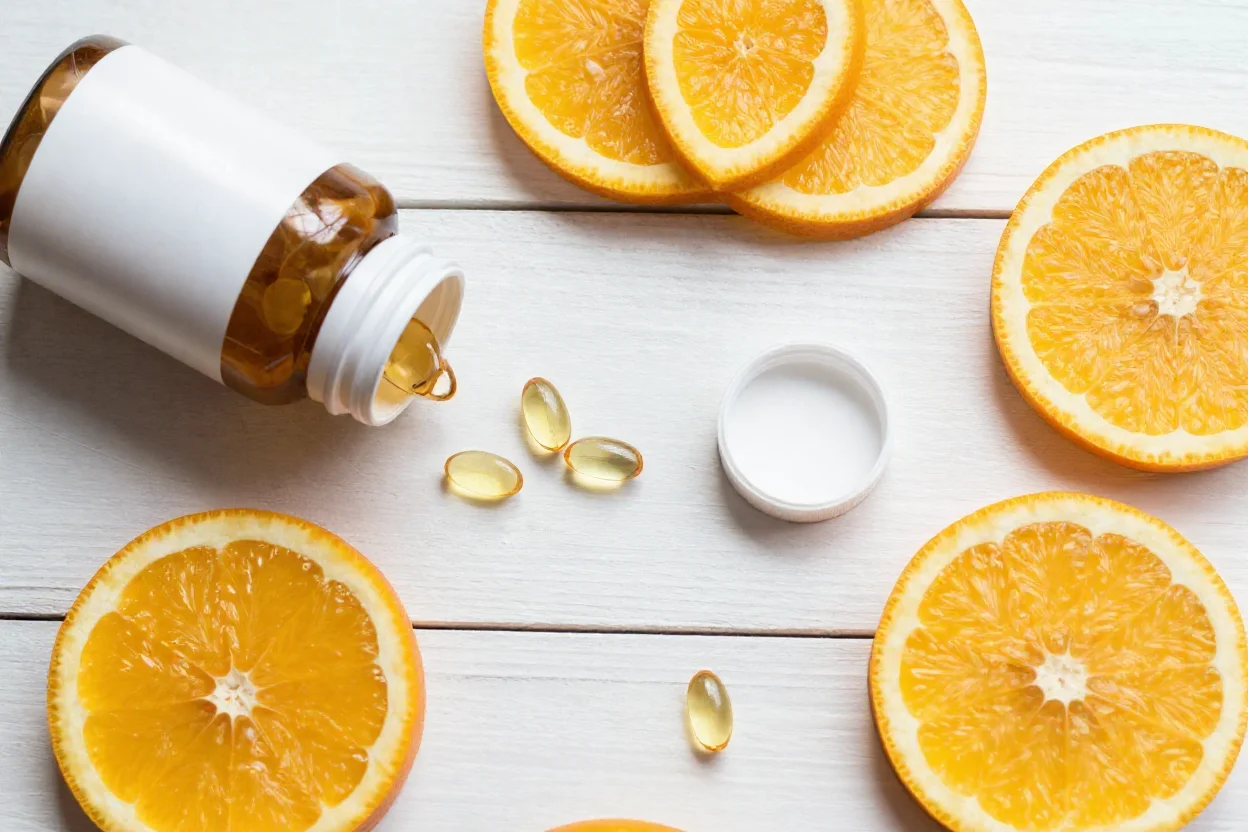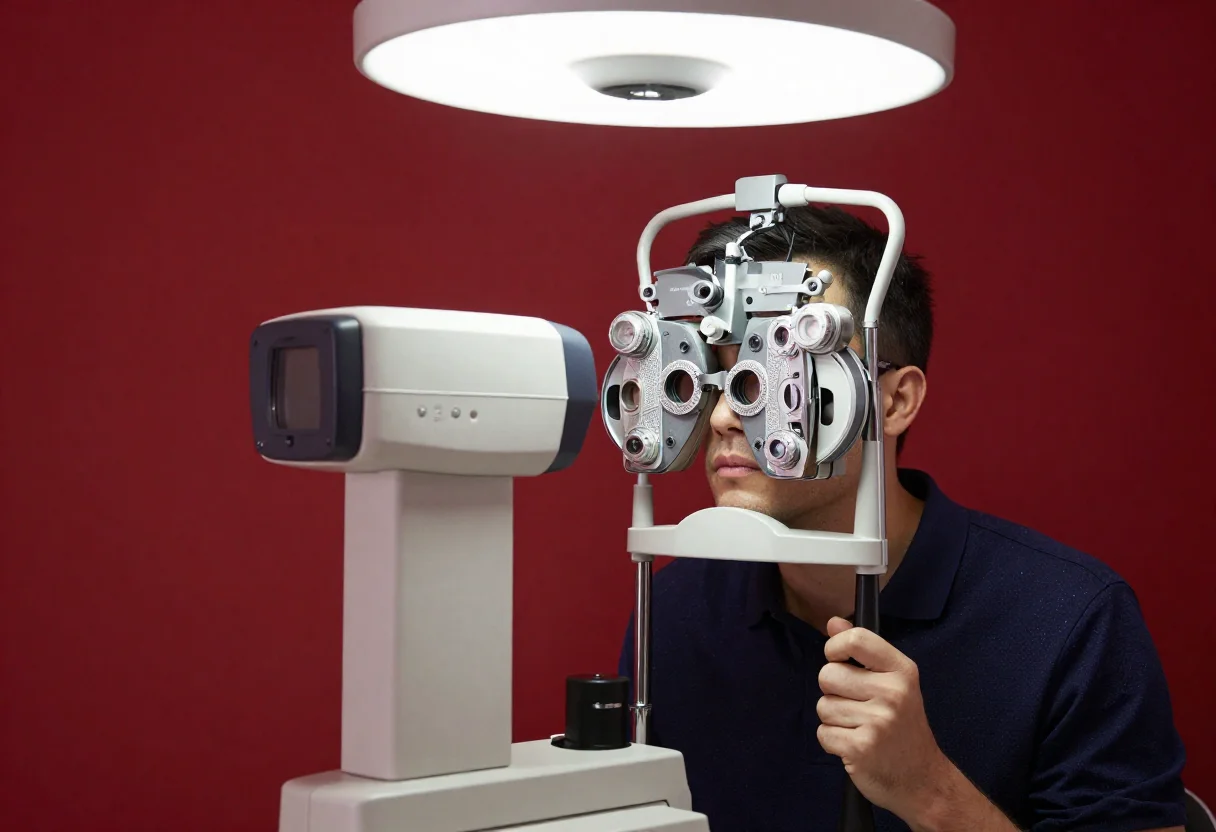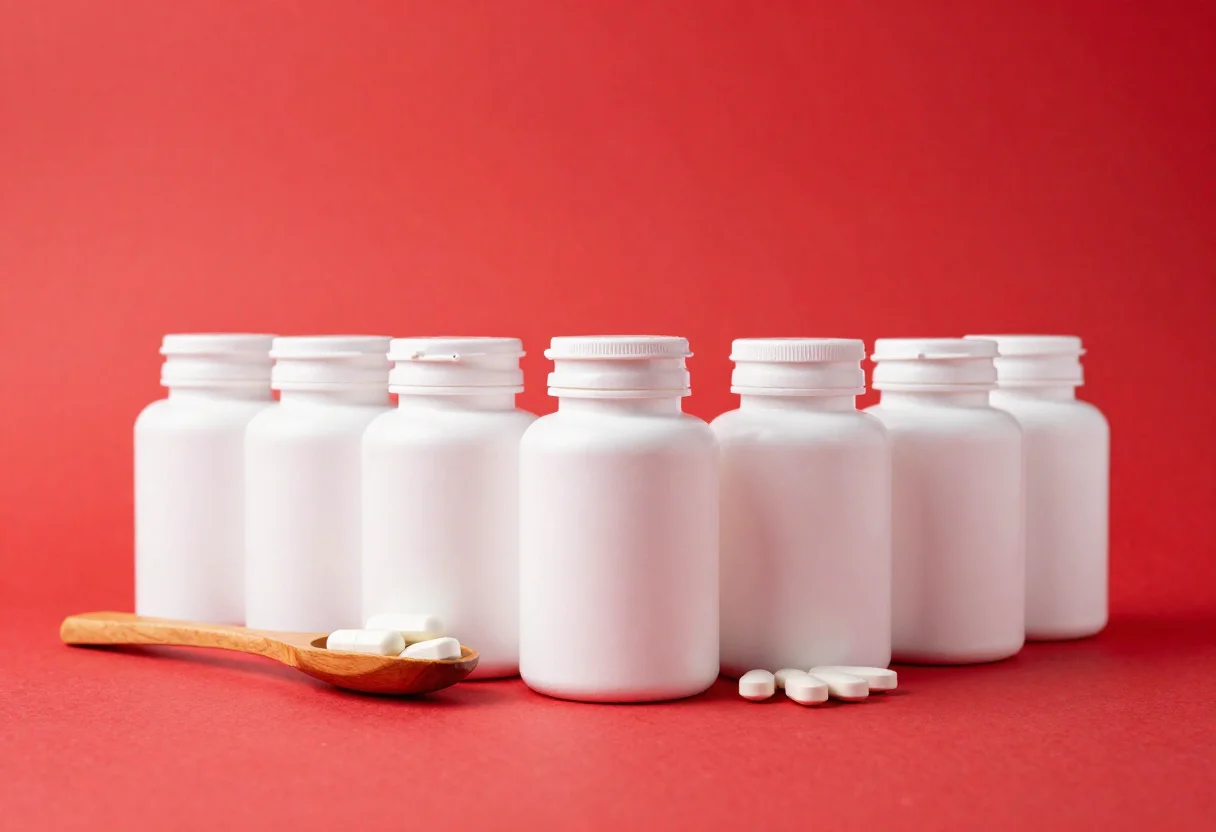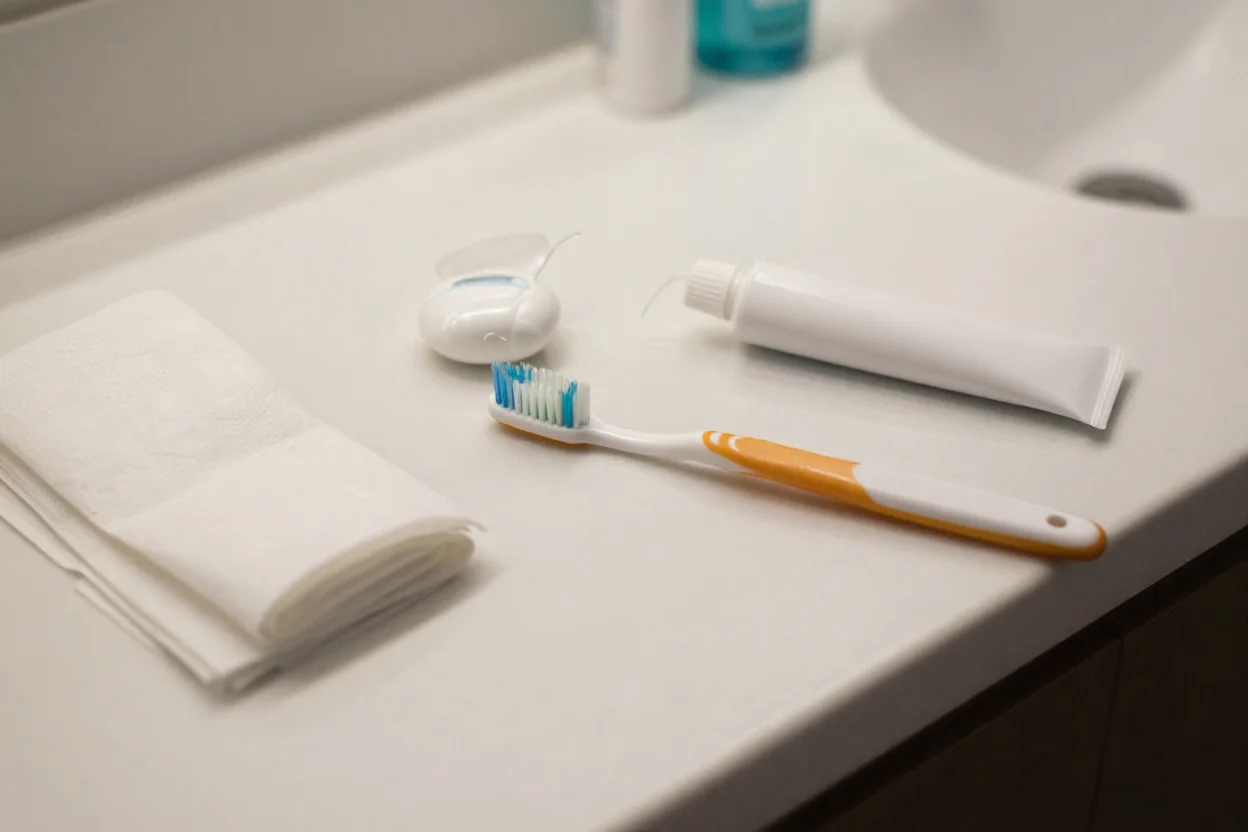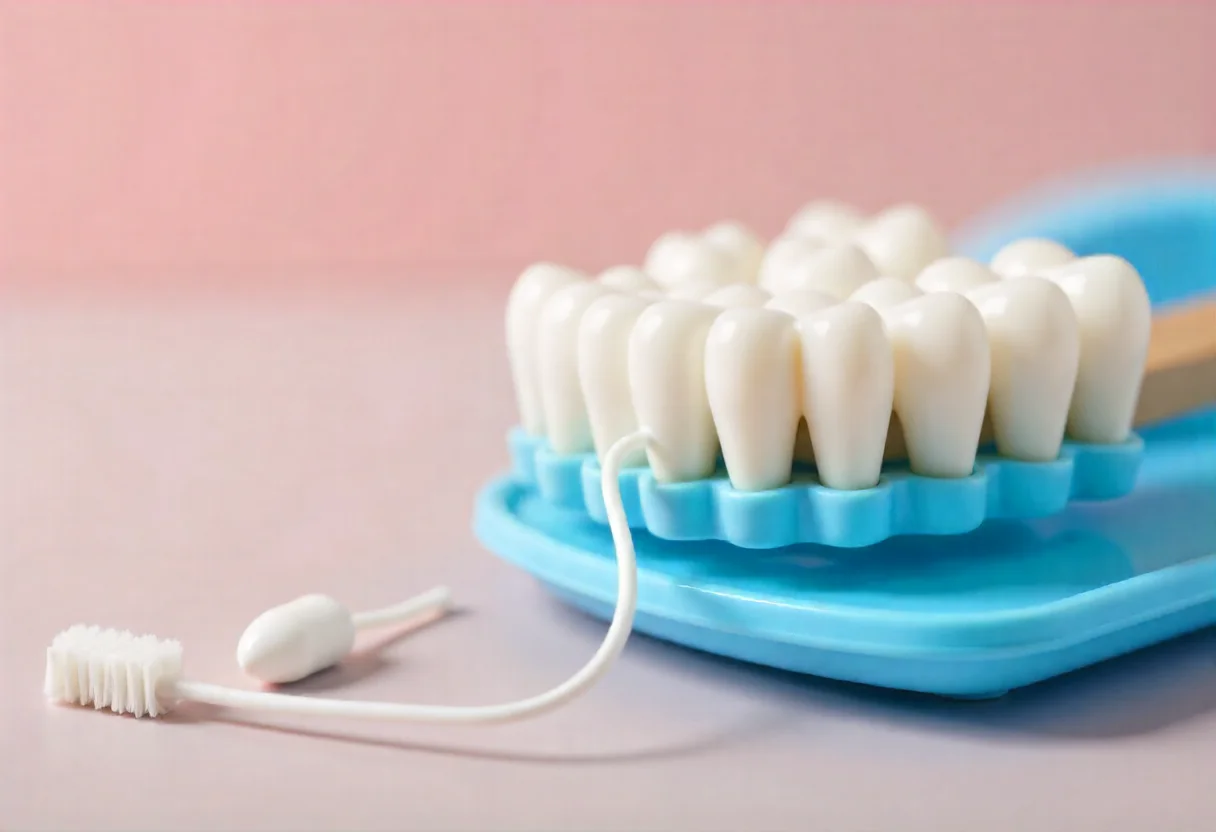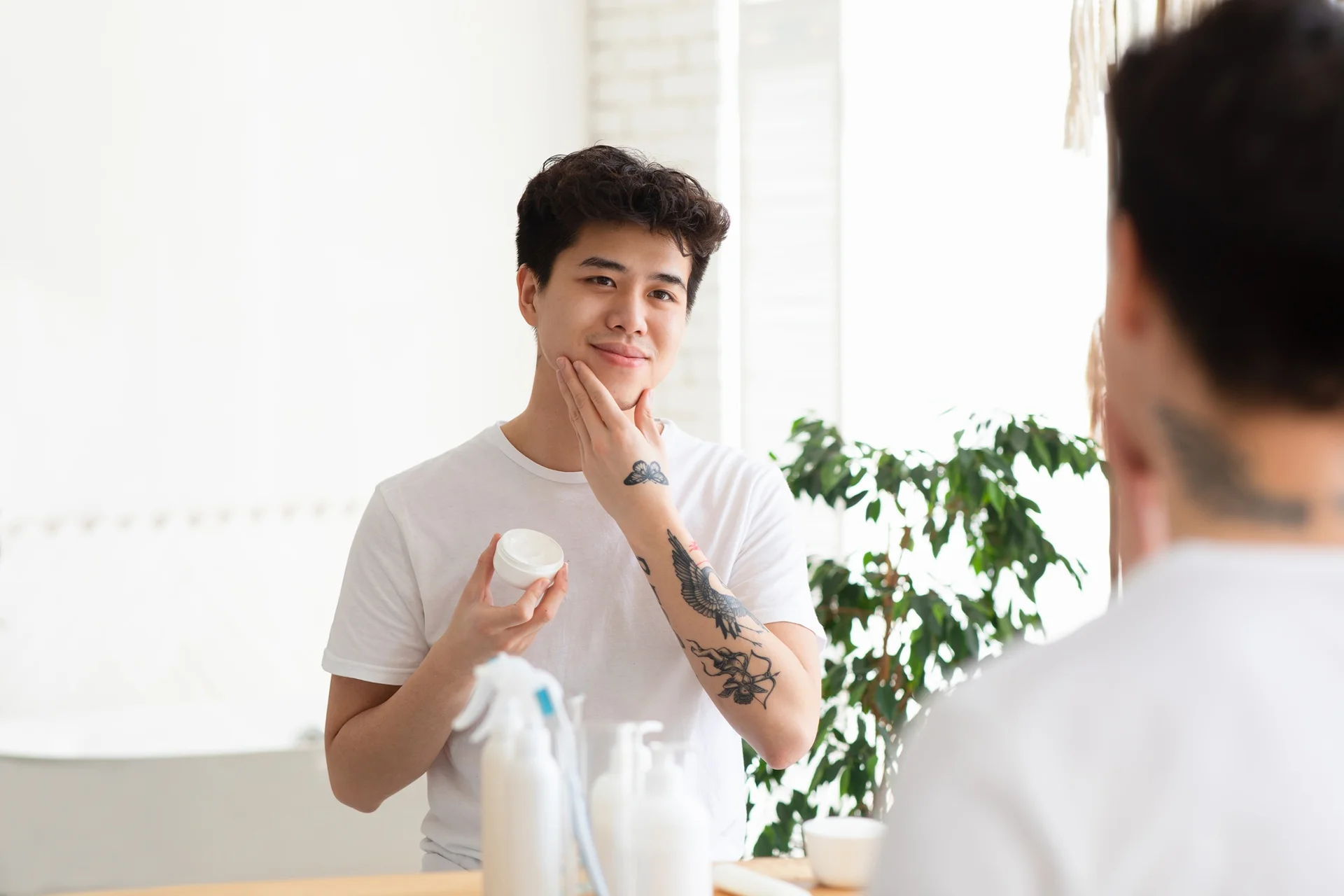
Creating a skincare routine tailored to your skin’s needs not only supports skin health but also positively impacts overall well-being. Regular skincare offers several benefits:
- Maintains skin health by nourishing and strengthening the skin’s barrier.
- Delays signs of aging through the reduction of fine lines and wrinkles.
- Protects against external factors like sun exposure and pollution, minimizing environmental damage.
- Promotes a smooth and even skin by evening out skin tone and enhancing natural radiance.
- Regulates sebum production, helping to balance both oily and dry skin.
- Prevents moisture loss by providing hydration and guarding against dryness and sensitivity.
- Supports well-being as self-care reduces stress and boosts confidence.
Men and women can certainly use the same skincare products, but male skin has some structural differences:
- Thicker skin: Due to testosterone, men's skin is naturally thicker compared to women's.
- Increased sebum production: Higher testosterone levels lead to more oil production, making male skin more prone to oiliness.
- Shaving-related sensitivity: Regular shaving can cause irritation, sensitivity, and ingrown hairs.
- Slower aging signs: A higher collagen density helps delay the appearance of fine lines and other signs of aging.
The skin barrier is a natural defense mechanism that protects the skin from environmental factors, microorganisms, and moisture loss. It helps retain beneficial substances while preventing harmful ones from entering. As shown in the Figure 1 below, our skin consists of three main layers: the epidermis, dermis, and hypodermis. The outermost layer of the epidermis, known as the stratum corneum, forms the foundation of the skin barrier. This layer is composed of dead skin cells (corneocytes) and lipids (ceramides, cholesterol, and fatty acids). The sebum layer on the surface, along with these lipids, strengthens the skin’s protective system.
The skin barrier can only protect against external factors when it remains strong. If it becomes compromised, various skin issues may arise. If you frequently experience the following concerns, your skin barrier might be weakened:
- Loss of moisture and dryness
- Flakiness
- Redness
- Tightness
- Acne
- Fine lines
To restore and strengthen the skin barrier, maintaining a consistent and appropriate skincare routine is essential.
- Before you begin your skincare routine, it’s crucial to identify your skin type. Here are a couple of methods to help you:
Wash and wait method
Cleanse your face with a gentle facial wash and gently pat dry with a clean towel. Then, wait for 30 minutes without applying any product. After this time, observe your skin:
- If your entire face is oily and shiny, you likely have oily skin.
- If only certain areas (usually the T-zone: forehead, nose, chin) are oily, you likely have combination skin.
- If your skin feels tight and shows flakiness, you likely have dry skin.
- If your skin feels comfortable and looks healthy, you likely have normal skin.
Paper test
If the first test wasn’t clear, you can try the paper test. Take a piece of toilet paper, separate its layers to make a thin sheet, and gently press it onto different areas of your face to check for oil. If there are oil marks on the paper, you can determine which areas are oily and identify your skin type accordingly.
NB: All skin types can also be sensitive or prone to acne, though the likelihood of this is lower for normal skin. For example, someone with combination skin may be acne-prone, or someone with dry skin might have sensitive skin. You can better understand this over time by observing how your skin reacts.
In fact, we can provide the necessary care for our skin in 3 basic steps: cleansing, moisturizing, and protecting. Since our skin’s needs change throughout the day, we can divide the skincare routine into morning and evening routines:
Morning routine:
- Cleanse your face with a facial wash gel suitable for your skin type, or simply with water, and pat it dry.
- Apply a moisturizer suitable for your skin type and daytime use, on your face.
- Apply an eye cream, suitable for your skin type and for daytime use, to your under-eye area using your ring fingers in a tapping motion.
- Protect your skin with sunscreen suitable for your skin type. If the UV index is below 3, sunscreen is not mandatory. However, in snowy weather or in summer, it is crucial to use sunscreen to reduce the risk of skin cancer and prevent skin aging. Don’t forget to reapply throughout the day.
Evening routine:
- Cleanse your face with a facial wash gel suitable for your skin type, then dry it gently.
- Apply a moisturizer suitable for your skin type and nighttime use, on your face.
- Apply an eye cream suitable for your skin type and for nighttime use to your under-eye area using your ring fingers in a tapping motion.
It’s not necessary to specifically buy separate products for daytime and nighttime use, as there are also products that are suitable for both. These can be used in both your morning and evening routines. Since the under-eye area is delicate, products specifically formulated for this area should be used. With such a simple routine, you can maintain your skin’s health and achieve a brighter and more vibrant complexion in just a few steps.
In addition to basic skincare products, if you're experiencing any skin concerns that you're not satisfied with, you can benefit from products specifically formulated to address those issues.
- Acne and acne scars:
If you have acne-prone skin, you can benefit from products containing actives like salicylic acid, niacinamide, retinoids, or tea tree oil. Additionally, products containing vitamin C, glycolic acid, or azelaic acid can aid in skin renewal and help acne scars heal more quickly.
- Dark spots and hyperpigmentation:
There are many ingredients that can be used to target dark spots and pigmentation: vitamin C, niacinamide, retinoids, glycolic acid, azelaic acid, kojic acid, licorice extract, etc.
- Dryness:
Ingredients like hyaluronic acid, squalane, ceramides, shea butter, and urea are great for tackling dryness and helping to maintain skin hydration.
- Fine lines:
For signs of aging, you can benefit from ingredients such as retinoids, peptides, bakuchiol, niacinamide, and glycolic acid.
- Excess sebum production:
If your skin tends to get oily, you can use products containing salicylic acid, zinc, niacinamide, tea tree oil, or glycolic acid. Using a clay mask 1-2 times a week will also help regulate sebum production.
- Sensitivity:
If your skin is feeling sensitive, you can turn to products with soothing ingredients like aloe vera, hyaluronic acid, panthenol, centella asiatica, ceramides, or squalane. If you experience more serious skin issues beyond the above concerns, it is advisable to consult a dermatologist.
Additionally, it’s important to read and follow the use instructions on the outer packaging of any cosmetic product you purchase. Some products can cause skin sensitivity or increased sun sensitivity, so learning the correct method and frequency of use before applying a product is crucial.
If you're unsure how much to use in your skincare routine, refer to Table 1.
Table 1. Usage amount and product orders in skincare.
| Order of use | Product type | Amount of product |
| 1 | Facial cleanser | The size of a pea |
| 2 | Toner | 2-3 drops or half of a cotton pad |
| 3 | Serum | 2-3 drops (enough for the entire face) |
| 4 | Moisturizer | The size of a chickpea |
| 5 | Under eye cream | The size of a pea |
| 6 | Sunscreen (daytime) | The length of 2 fingers |
1.Boo YC, Mechanistic Basis and Clinical Evidence for the Applications of Nicotinamide (Niacinamide) to Control Skin Aging and Pigmentation. (2021).
2.Milosheska D and Roškar R, Use of Retinoids in Topical Antiaging Treatments: A Focused Review of Clinical Evidence for Conventional and Nanoformulations. (2022).
3.Handog EB, Datuin MS, and Singzon IA, Chemical peels for acne and acne scars in asians: evidence based review. (2012).
4.Lee HS and Kim IH, Salicylic acid peels for the treatment of acne vulgaris in Asian patients. (2003).
5.Al-Niaimi F and Chiang NYZ, Topical Vitamin C and the Skin: Mechanisms of Action and Clinical Applications. (2017).
6.Eylül Eroğlu, Kozmetik Sırları Podcast https://open.spotify.com/episode/5LgMRKg378S55sOHIsJ9ID?si=8A9-39ToSCagVps-Y40kQQ
7.New Research Shows The Surprising Link Between Skin And Emotional Wellness https://www.forbes.com/sites/celiashatzman/2024/06/10/new-research-shows-the-surprising-link-between-skin-and-emotional-wellness/ Elena Chaikin, What is the Skin Barrier? (2023)
8. https://mwbioprocessing.com/blog/what-is-the-skin-barrier/


